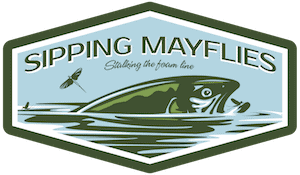Casting to Spawning Trout – A New Perspective
August 16th, 2023
You should never cast to spawning trout–that’s what we’re told anyway. But is it a universal truth? At face value, it would appear to be very reasonable that spawning trout should be left alone. Heck, even ethical.
But, fly fishing is full of what I’ll call “conventional wisdom.” Tenets that get passed from one generation to the next without question or examination.
Don’t worry, this article isn’t a justification to cast over redds or to soothe a guilty conscience.
In this article, I hope to provide you with a really fresh perspective on casting to spawning fish–specifically trout. It’s a perspective that I heard a professional fly guide explain, and it hit me like a brick.
After reading the information below, I think you’ll probably agree it expanded your mind, just as it did mine.
Let’s get started.
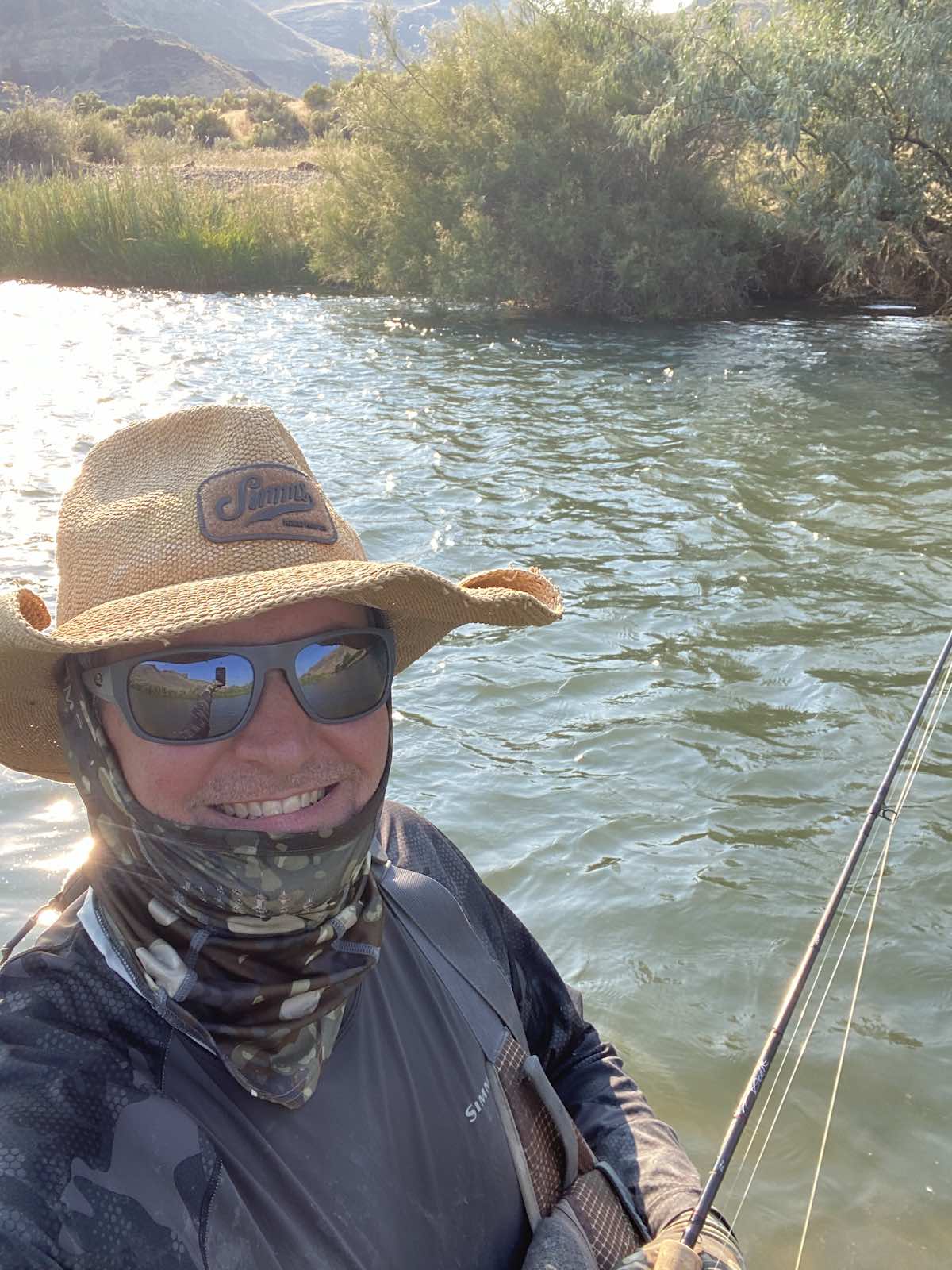
This picture is just after a fantastic PMD hatch in July where I caught more than my share of big brown trout on size 20 dries.
The Usual Argument Against Casting to Spawning Trout
If you walked into a fly fishing club in April and said you just hammered the rainbows, the room would go silent and dozens of disgusted glares would be aimed in your direction. That’s just a fact.
I’m not even saying I think the glares wouldn’t be justified. I’m simply saying that’s what would happen.
The reason is that conventional fly fishing wisdom tells us that casting to spawning trout is blasphemous. It’s unforgivable.
Why?
Because the trout are spawning and if you stress them out by catching them, it may impede their spawning or worse yet kill the fish. Spawning fish are, after all, producing the future generations of trout and we should avoid fishing for them during the spawn.
Is this a valid argument?
I think it has plenty of merit. It sure seems like common sense. Frankly, it’s a pretty tough position to argue against.
But as is often the case, there’s much more to the story.
A Fresh Perspective on the Spawn
Just a few days ago I was listening to a fly fishing podcast and heard something that I’d never considered. It was a totally unique perspective. It was the genesis for this article.
[Side note: don’t miss my article on the best fly fishing podcasts.]
The podcast was Anchored with April Vokey, and her guest was a fly guide from Michigan–I believe his name is Tommy Lynch. He’s a very fishy guy with a ton of experience, and was telling it like it is.
Then he dropped a bomb.
In an exasperated tone, he said that anglers are told never to fish for spawning trout, yet spawning season is the very time when the trout are in their peak physical condition. They’re never stronger or more robust than during the spawn. Never more capable of dealing with the repercussions of being caught on a fly.
Instead, he said, anglers are told to focus on fishing after the trout are done spawning. The problem with this logic, he said, is that post-spawn is when the trout are in their absolute weakest condition. It’s a time when the fish need to focus on putting weight back on, and the most dangerous time to fish for them due to their exhausted state.
Hearing this side of the argument opened my mind. I’d never considered it.
He wasn’t necessarily saying to go ahead and fish during the spawn, but what I took from it is that he wanted to convey that fishing during the spawn probably isn’t as detrimental to the trout as we’re told, and fishing after the spawn is truly detrimental but never talked about.
Since hearing this, I’ve brought it up with anglers I fish with and there’s always a period of silence while they process the information. You can see the gears turning. Inevitably, they agree it makes complete sense.
What do you think?
If you’re going to fish during the spawn, something else you might consider is only casting to rising trout. Rising trout aren’t in the process of spawning.
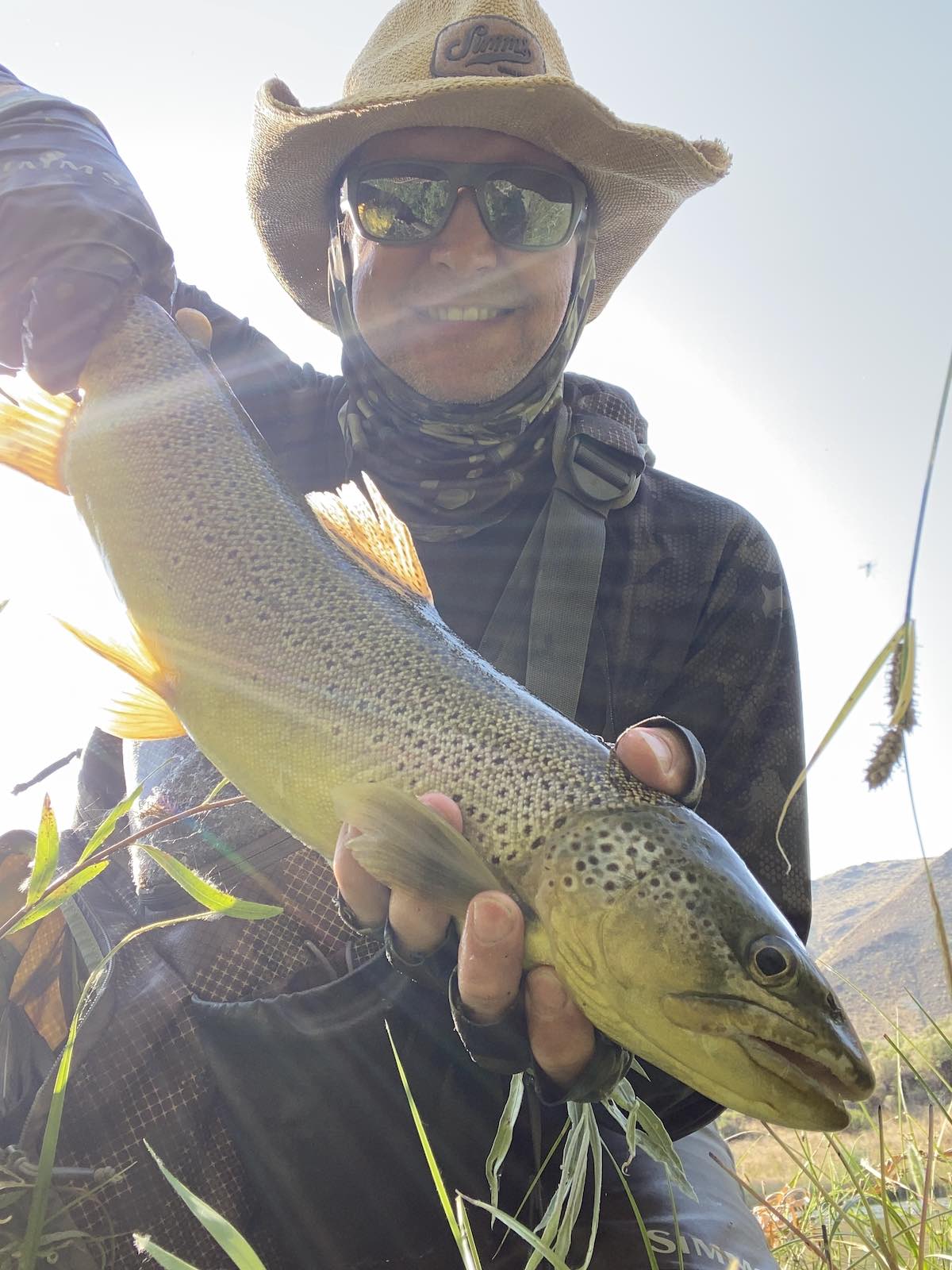
Here’s a brown trout I caught in July. In the U.S., browns usually begin spawning in late October, peak in November, and finish up in December..
A Word on Trout Redds
I’ve gone fly fishing with plenty of folks, and do you know how many could spot a redd? Almost none.
Do you know how many even know what a redd is? Same answer.
Trout lay their eggs in gravelly depressions they create in the river. These patches of riverbed are called redds and contain hundreds or thousands of developing eggs.
It’s infinitely more destructive to walk through a trout redd than to cast to spawning fish all day long. This isn’t justification for casting to spawning trout, but instead a call-to-action to educate anglers on the importance of avoiding redds at all costs.
If you are going to fish through the spawning season, learn what a redd is or better yet, fish from the shoreline.
Imagine destroying hundreds or thousands of future trout simply walking through a single redd.
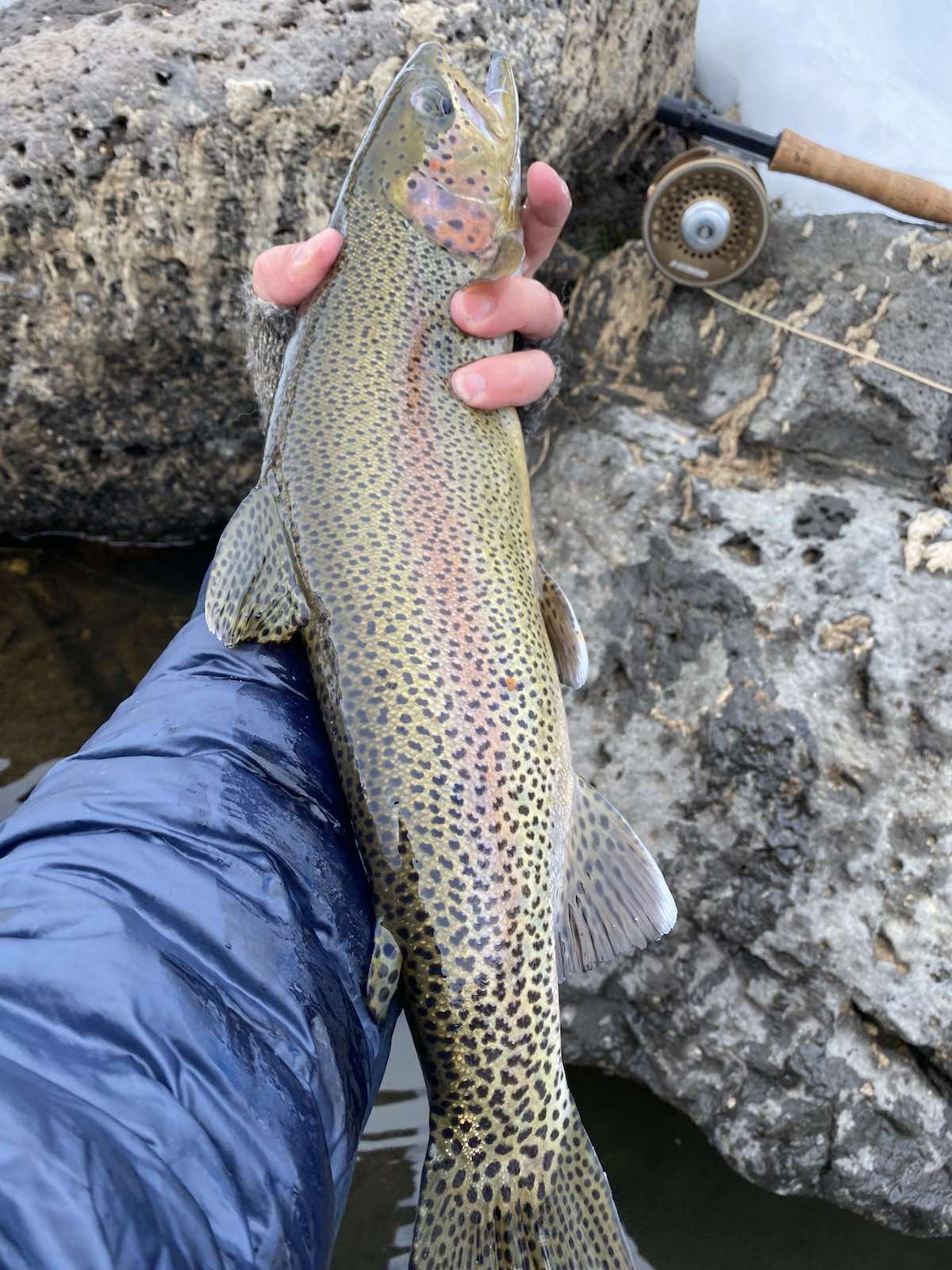
Here’s a rainbow trout I caught in January. In the U.S., rainbows usually spawn in April and May.
Summary
Hopefully this article has given you some food for thought.
Have I ever fished during the brown or rainbow spawning season? Sure, occasionally. Will I use this new viewpoint to justify doing it more often? Nope, and I hope my readers don’t either.
However, I will likely lay off the trout post-spawn. It seems like a good idea to give them a break to recover. I’m grateful to now have this knowledge. Better late than never.
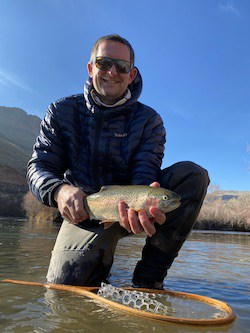
About the Author
My name's Sam and I'm a fly fishing enthusiast just like you. I get out onto the water 80+ times each year, whether it's blazing hot or snow is falling. I enjoy chasing everything from brown trout to carp, and exploring new waters is something I savor. My goal is to discover something new each time I hit the water. Along those lines, I record everything I learn in my fly fishing journal so I can share it with you.
